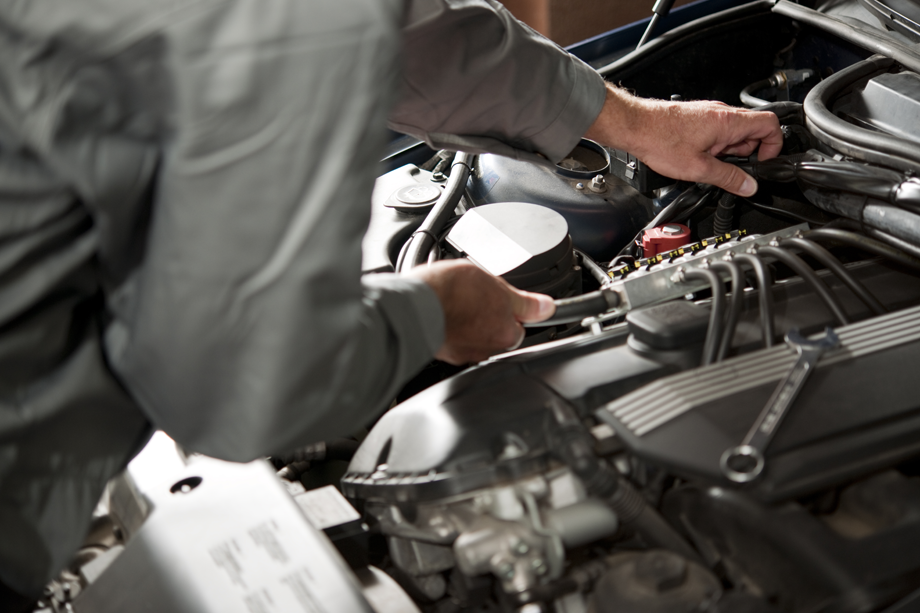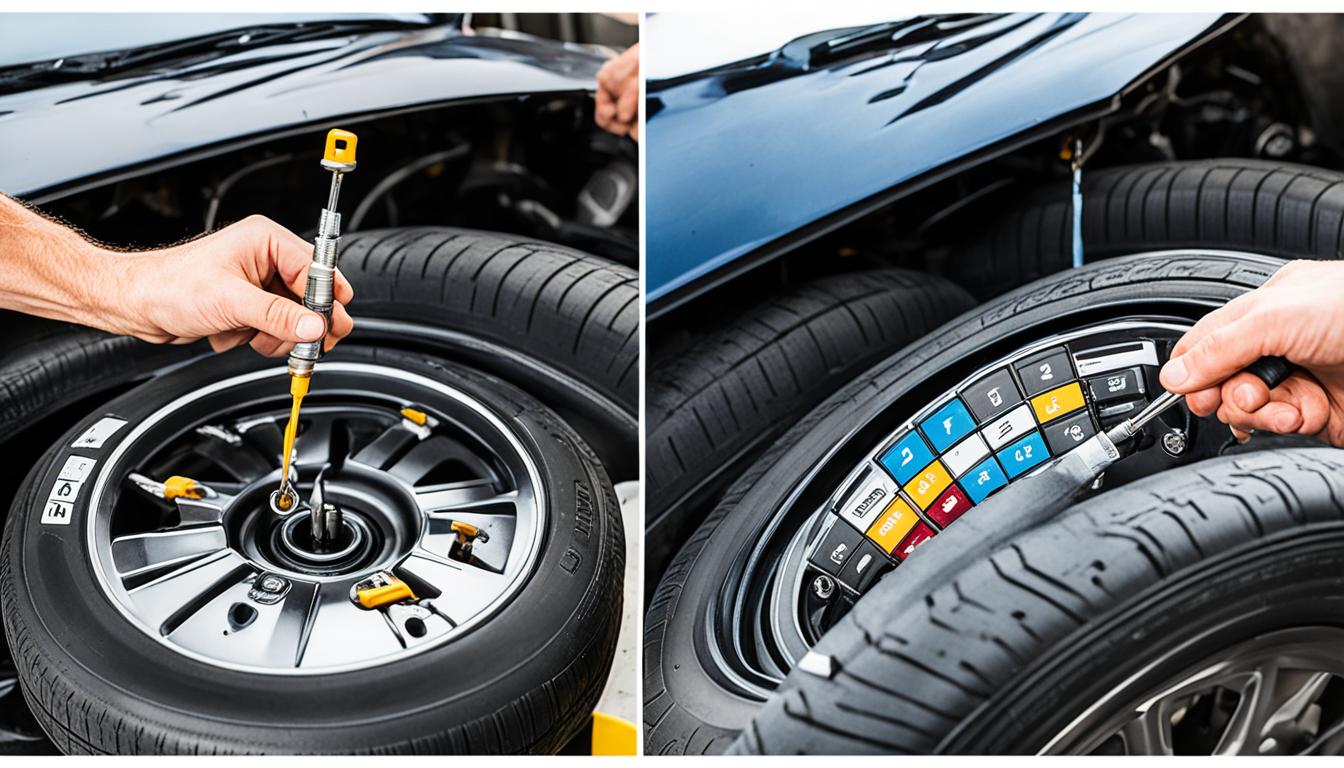All Categories
Featured

The check engine light (CEL) is among one of the most important caution systems in your car, yet it usually causes complication or stress for many chauffeurs. Recognizing what this light represents and how to manage it can conserve you time, money, and unneeded anxiety. This overview provides an overview of what causes the CEL, its possible implications, and the actions you need to take when it brighten.
What Does the Check Engine Light Indicate? The CEL is component of your auto's onboard diagnostics system (OBD), which monitors engine performance and discharges. When the system finds a concern that needs your focus., it brightens.
Solid Light: Signals a non-urgent trouble but one that ought to be resolved soon, such as a sensing unit breakdown or emissions-related problem. Blinking Light: Indicates an essential issue like an engine misfire. Driving in this problem can create severe damages, so prompt action is essential. Common Reasons For the Examine Engine Light. The CEL can brighten for a wide variety of reasons, some minor and others extra serious. Here are a few of the most frequent causes:

Loosened or Damaged Gas Cap:
A loose gas cap can compromise the gas system, activating the CEL. When the light comes on, checking and tightening the cap is a simple first step. Faulty Oxygen Sensor:
This sensor monitors the air-to-fuel ratio in your engine. A malfunction can lower fuel effectiveness and increase discharges. Malfunctioning Catalytic Converter:
The catalytic converter helps minimize unsafe exhaust emissions. Neglecting other engine problems, like misfires, can cause catalytic converter damage. Trigger Plug or Ignition Coil Concerns:
These parts are crucial for beginning and running your engine smoothly. Normal upkeep can prevent wear and failing. Mass Airflow Sensor Troubles:
This sensing unit gauges the amount of air going into the engine to guarantee optimal efficiency. A unclean or defective sensor can minimize effectiveness and power. When the Examine Engine Light Comes On, actions to Take. Check the Gas Cap:
See and tighten the cap if the light switches off after driving a few miles. Observe the Vehicle's Behavior:
Keep in mind any type of uncommon symptoms like rough idling, lowered power, or odd sounds. Check the Codes:
Make use of an OBD-II scanner to get difficulty codes saved in your automobile's computer. Lots of car parts stores use this service free of charge. Go To an Auto Mechanic:

If the light stays on or is blinking, take your automobile to a specialist for a detailed diagnosis. Avoiding Inspect Engine Light Issues. Aggressive maintenance is the very best method to prevent CEL issues. Comply with these tips:
Stick to a Routine Maintenance Schedule: Modification your oil, replace filters, and check ignition system on time. Examine the Gas Cap: Replace damaged caps to stop leaks in the fuel system. Usage Top Quality Gas: Poor-quality gas can add to sensing unit and exhausts concerns. Why Prompt Activity Issues. Overlooking the CEL can lead to extra severe issues, such as engine damages or expensive repair services. A tiny concern like a loose gas cap can snowball right into a major cost if ignored.
Final thought. The check engine light is a necessary tool for maintaining your car's health and wellness. By understanding its objective and reacting quickly, you can stay clear of unnecessary repair work and maintain your vehicle running smoothly. The next time the CEL comes on, keep in mind to stay calm, check the essentials, and consult a professional if needed.
Latest Posts
Check Out the Best Auto Repair Coupons in Montclare, Chicago
Published May 24, 25
1 min read
Secure Your Financial Investment with Specialist Seamless Gutter Setup
Published May 20, 25
1 min read
How Chicago Drivers Trust Montclare Auto Repair for Trusted Service and Great Savings
Published May 20, 25
1 min read
More
Latest Posts
Check Out the Best Auto Repair Coupons in Montclare, Chicago
Published May 24, 25
1 min read
Secure Your Financial Investment with Specialist Seamless Gutter Setup
Published May 20, 25
1 min read
How Chicago Drivers Trust Montclare Auto Repair for Trusted Service and Great Savings
Published May 20, 25
1 min read